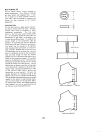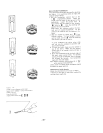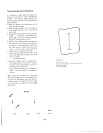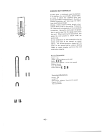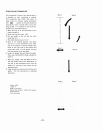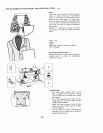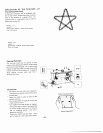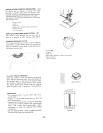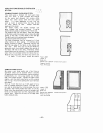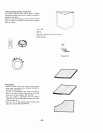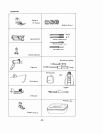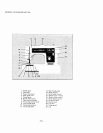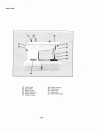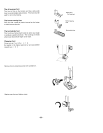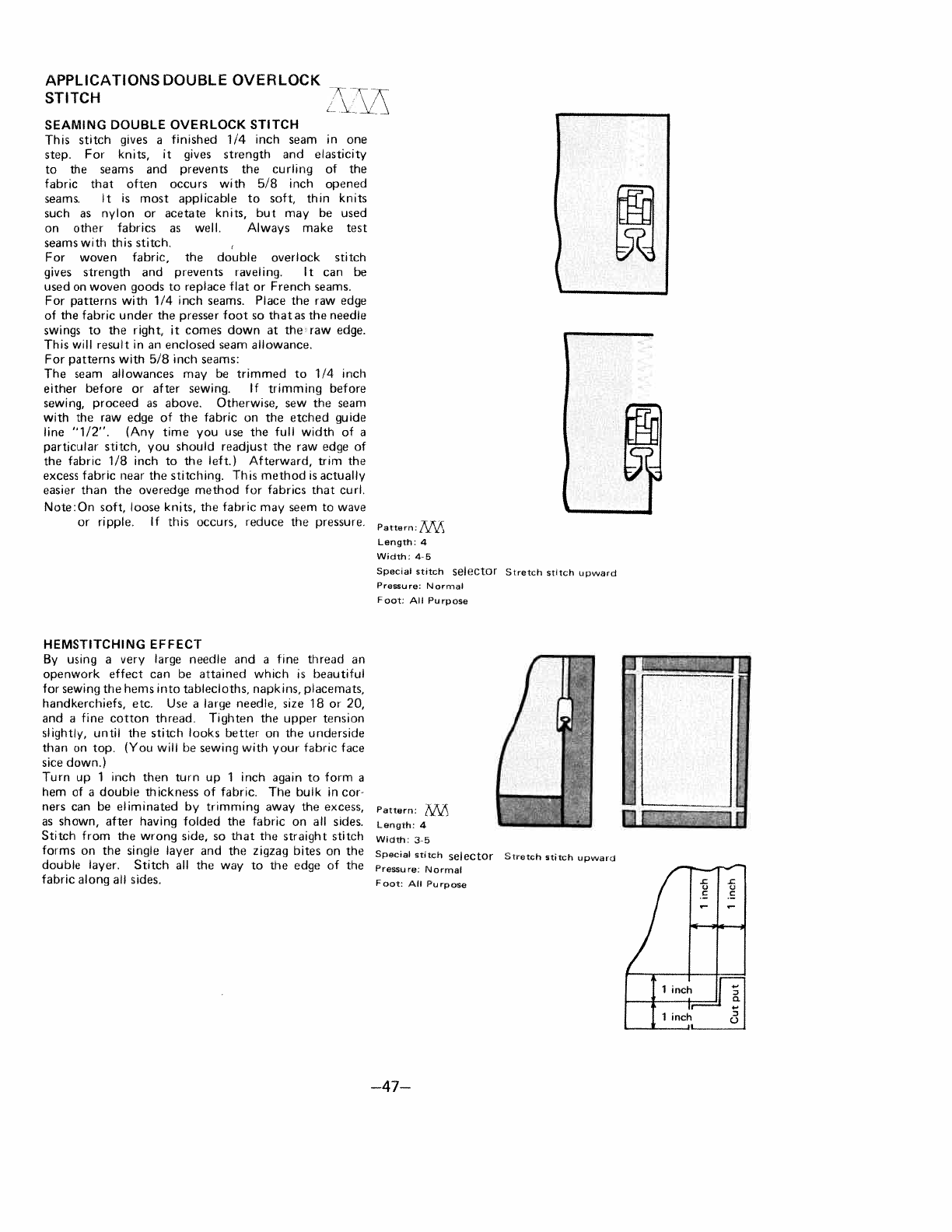
APPLICATIONS
DOUBLE
OVERLOCK
STITCH
SEAMING
DOUBLE
OVERLOCK
STITCH
This
stitch
gives
a
finished
1/4
inch
seam
in
one
step.
For knits,
it
gives
strength
and
elasticity
to
the
seams and
prevents
the
curling
of
the
fabric
that
often
occurs with
5/8
inch
opened
seams.
It
is
most
applicable
to
soft, thin
knits
such
as
nylon
or
acetate
knits,
but
may
be
used
on
other
fabrics
as
well.
Always make
test
seams
with
this
stitch.
For
woven
fabric,
the
double
overlock
stitch
gives
strength
and
prevents
raveling.
It
can
be
used
on
woven
goods
to
replace
flat
or
French
seams.
For
patterns
with
1/4
inch
seams.
Place
the
raw
edge
of
the
fabric
under
the
presser
foot
so
that
as
the
needle
swings
to
the
right,
it
comes
down
at
the
raw
edge.
This
will
result
in
an
enclosed
seam
allowance.
For
patterns
with
5/8
inch
seams:
The
seam
allowances
may
be
trimmed
to
1/4
inch
either
before
or
after
sewing.
If
trimming
before
sewing,
proceed
as
above.
Otherwise,
sew
the
seam
with the
raw
edge
of
the
fabric
on
the
etched
guide
line
“1/2”.
(Any
time
you
use
the
full
width
of
a
particular
stitch,
you
should
readjust
the
raw
edge
of
the
fabric
1/8
inch
to
the
left.)
Afterward,
trim
the
excess
fabric
near
the
stitching.
This
method
is
actually
easier
than
the
overedge
method
for
fabrics
that
curl.
Note:On
soft,
loose
knits,
the
fabric
may
seem
to
wave
or
ripple.
If
this
occurs,
reduce the
pressure.
HEMSTITCHING
EFFECT
By
using
a
very
large
needle
and
a
fine
thread
an
openwork
effect
can
be
attained
which
is
beautiful
for
sewing
the
hems
into tablecloths,
napkins,
placemats,
handkerchiefs,
etc.
Use
a
large
needle,
size
18
or
20.
and
a
fine
cotton
thread.
Tighten
the
upper
tension
slightly,
until
the
stitch
looks
better
on
the
underside
than
on
top,
(You
will
be
sewing
with
your
fabric
face
sice
down.)
Turn
up
1
rich
then
turn
up
1
inch
again
to
form
a
hem
of
a
double
thickness
of
fabric.
The
bulk
in
cor
ners can
be
eliminated
by
trimming
away
the
excess,
as
shown,
after
having
folded
the
fabric
on
all
sides.
Stitch
from
the
wrong
side,
so
that
the
straight
stitch
forms
on
the
single
layer
and
the
zigzag
bites
on
the
double
layer.
Stitch
all
the
way
to
the
edge
of
the
fabric
along
all
sides.
Pattern:
7v
Length:
4
Width.
4-5
Special
stitch
selector
Stretch
stitch
upwaid
Pressure:
Normal
Foot:
A
Purpose
Pattern:
AAi
Length:
4
Width:
3 5
Speciai
stitch
selector
Stretch
stitch
upward
Pressure:
Normal
Foot:
All
Purpose
I,
—47—



